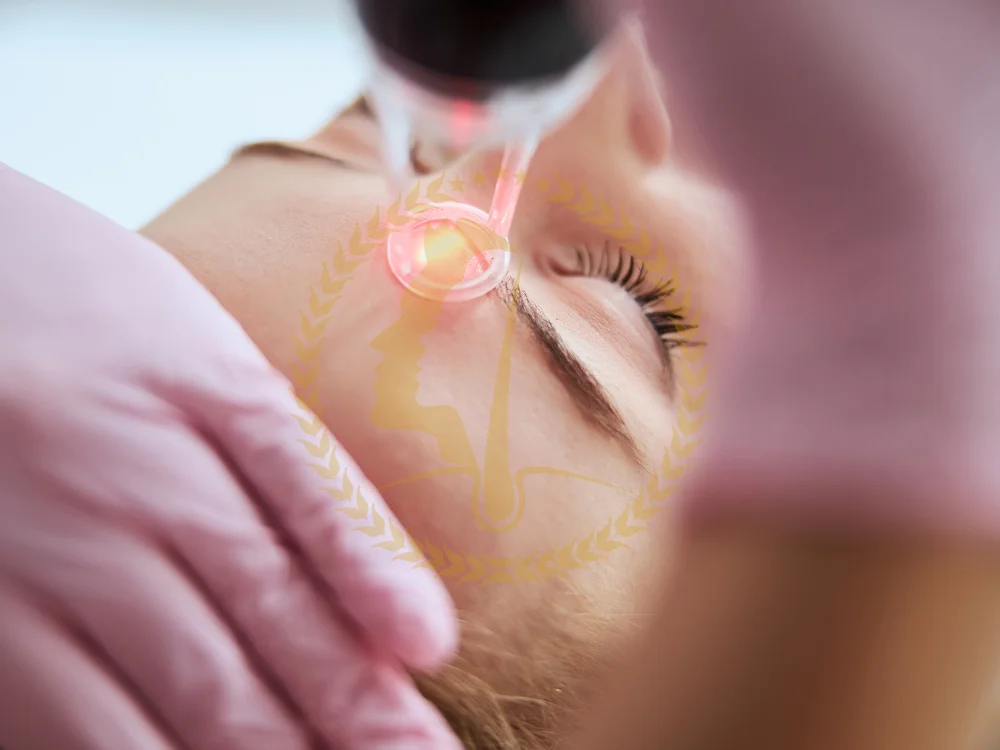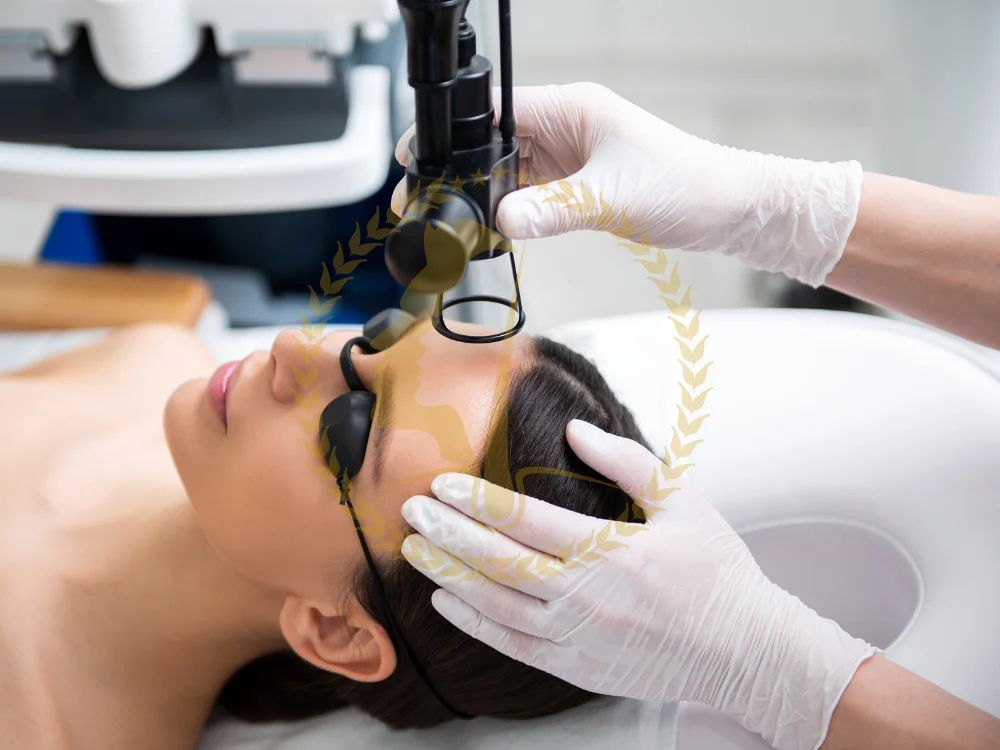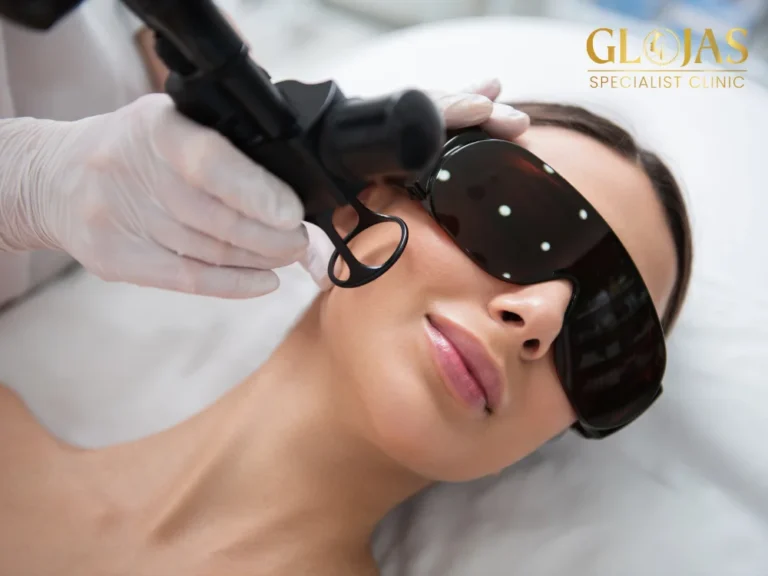Melanin is a crucial component of our skin, playing a significant role in determining skin color and protecting us from the harmful effects of UV radiation. However, melanin is not just about skin tone; it also affects various aspects of our health and appearance. In recent years, cosmetic procedures like the Fractional CO2 Laser have gained popularity for their ability to treat skin imperfections, but how do they interact with melanin? This article explores the fascinating world of melanin and the impact of fractional CO2 laser treatments on this vital pigment.
What Is Melanin?
Melanin is a natural pigment found in the skin, hair, and eyes of humans and other animals. It is produced by cells called melanocytes, which are located in the bottom layer of the skin’s epidermis. Melanin is responsible for the color of our skin, hair, and eyes, and it plays a protective role by absorbing harmful ultraviolet (UV) radiation from the sun.
Types of Melanin
There are three primary types of melanin, each contributing to different skin tones and hair colors:
- Eumelanin: This type of melanin is found in two forms, black and brown. Eumelanin is the most common form of melanin and is responsible for dark hair and skin.
- Pheomelanin: Pheomelanin is responsible for red hair and is found in smaller amounts in the skin. It provides a pinkish hue and is less effective at protecting the skin from UV radiation.
- Neuromelanin: This type of melanin is found in the brain and is involved in the regulation of neural functions. Unlike eumelanin and pheomelanin, neuromelanin does not contribute to skin or hair color.
The Role of Melanin in Skin Protection
Melanin’s primary function is to protect the skin from UV radiation. When the skin is exposed to the sun, melanocytes produce more melanin, which absorbs and dissipates the harmful rays. This process is what causes tanning. However, excessive sun exposure can lead to overproduction of melanin, resulting in hyperpigmentation, age spots, and an uneven skin tone.

7 Surprising Facts About Melanin
Melanin is a complex and fascinating substance with many roles beyond just determining skin color. Here are seven surprising facts about melanin that you might not know:
1. Melanin Protects Against UV Damage
Melanin acts as a natural sunscreen by absorbing up to 75% of UV radiation. This absorption helps prevent DNA damage in skin cells, reducing the risk of skin cancer. However, it’s important to note that melanin alone is not sufficient protection, and additional sun protection measures are necessary.
2. Melanin Production Can Be Triggered by Diet
Certain foods are known to stimulate melanin production. These include foods rich in antioxidants, such as dark leafy greens, tomatoes, and berries. Vitamins like A, C, and E are particularly beneficial for melanin production, as they help protect the skin from oxidative stress.
3. Melanin Affects Eye Color
The amount and type of melanin in the iris determine your eye color. Brown eyes have a high concentration of melanin, while blue eyes have much less. Interestingly, all babies are born with blue or gray eyes because melanin production in the eyes increases over time, darkening the iris.
4. Melanin Is Linked to Hearing
Melanin is not just present in the skin and eyes but also in the inner ear. It plays a role in protecting the inner ear from noise-induced damage, and studies have shown that people with higher melanin levels are less likely to suffer from hearing loss as they age.
5. Melanin and Aging
As we age, melanin production decreases, leading to the graying of hair and the appearance of age spots or liver spots on the skin. These spots are areas of increased melanin production due to accumulated sun exposure over the years.
6. Melanin Can Affect Skin Healing
Higher melanin levels can influence the skin’s healing process. People with darker skin tones, who have more melanin, may experience more pronounced scarring and a higher risk of hyperpigmentation after an injury or surgery.
7. Melanin and Medical Treatments
Melanin’s protective properties can sometimes interfere with medical treatments, particularly those that use light, such as laser treatments. This brings us to the role of Fractional CO2 Laser and how it interacts with melanin.

Fractional CO2 Laser and Its Impact on Melanin
The Fractional CO2 Laser is a popular cosmetic procedure used to treat a variety of skin concerns, including wrinkles, scars, and uneven skin tone. It works by creating tiny, controlled injuries in the skin, which stimulate the body’s natural healing process and promote the production of new collagen.
How Does Fractional CO2 Laser Work?
Fractional CO2 laser works by emitting a beam of light that is absorbed by water in the skin’s tissues. This energy is then converted into heat, which vaporizes the damaged skin cells layer by layer. The laser targets only a fraction of the skin at a time, leaving the surrounding tissue intact, which promotes faster healing and reduces downtime.
The Interaction Between Fractional CO2 Laser and Melanin
Melanin can absorb laser energy, which is why individuals with darker skin tones (who have more melanin) are at a higher risk of complications such as hyperpigmentation or hypopigmentation following laser treatments. However, advancements in laser technology have made it possible for the Fractional CO2 Laser to be used safely on all skin types, including those with higher melanin levels.
Minimizing Risks for Darker Skin Tones
For individuals with higher melanin levels, it’s crucial to seek treatment from an experienced dermatologist or plastic surgeon who understands how to adjust the laser’s settings to minimize risks. Pre-treatment with skin-lightening agents may be recommended to reduce melanin levels in the treatment area, and post-treatment care often includes the use of broad-spectrum sunscreens and other protective measures to prevent pigmentation issues.
The Benefits of Fractional CO2 Laser for Melanin-Rich Skin
Despite the risks, when performed correctly, the Fractional CO2 Laser can offer significant benefits for individuals with melanin-rich skin:
- Improvement in Skin Texture: The laser helps smooth out rough skin, reduce the appearance of scars, and create a more even skin texture.
- Reduction of Hyperpigmentation: While there is a risk of hyperpigmentation, the laser can also help reduce existing dark spots and even out skin tone when used properly.
- Stimulation of Collagen Production: By promoting collagen production, the laser helps improve skin elasticity and reduce fine lines and wrinkles.

FAQs About Melanin and Fractional CO2 Laser
1. Can Fractional CO2 Laser be used on all skin types?
Yes, but it requires careful adjustment of the laser settings to minimize the risk of pigmentation issues, especially in individuals with darker skin tones.
2. Does melanin affect the results of laser treatments?
Melanin can absorb laser energy, potentially leading to complications like hyperpigmentation or hypopigmentation. However, with the right precautions, effective results can still be achieved.
3. How can I prepare my skin for a Fractional CO2 Laser treatment?
Your dermatologist may recommend pre-treatment with skin-lightening agents to reduce melanin levels and decrease the risk of complications. Sun protection is also crucial before and after the treatment.
4. How long does it take to see results from a Fractional CO2 Laser treatment?
Initial improvements can be seen within a week, but full results typically take several months as collagen production increases and the skin continues to heal.
5. What are the risks of Fractional CO2 Laser on melanin-rich skin?
The primary risks include hyperpigmentation, hypopigmentation, and scarring. Choosing an experienced provider and following post-treatment care instructions can help minimize these risks.
6. Is Fractional CO2 Laser painful?
Most patients experience mild discomfort during the procedure, but numbing creams and other pain management techniques are typically used to ensure comfort.

